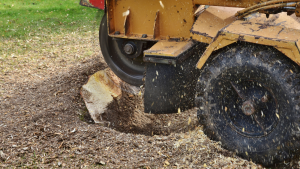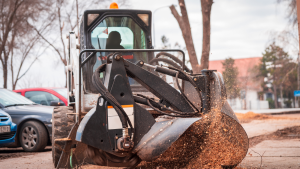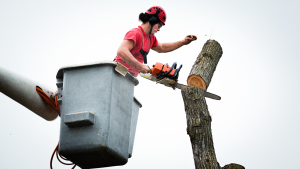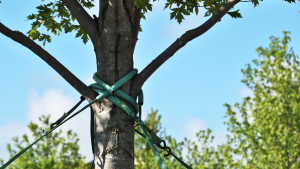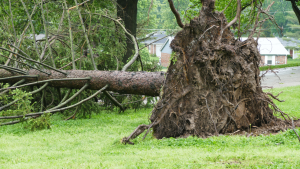Trees are magnificent living beings that grace our landscapes, providing shade, oxygen, and beauty. However, like all living organisms, trees have a lifespan, and there comes a time when they reach the end of their journey. Recognizing the signs that a tree is dead is crucial for safety, aesthetics, and the health of your surrounding environment. In this article, we’ll explore the telltale signs that indicate a tree has reached the end of its life.
1. Bare Branches All Year Round
One of the most apparent signs that a tree is dead or dying is the lack of leaves throughout the year. Deciduous trees should display green leaves in the growing season and lose them in the fall. If your tree remains bare year-round, it’s a strong indicator of its demise.
2. Brittle or Peeling Bark
Healthy trees typically have bark that is firm and firmly attached to the trunk. Dead or dying trees, on the other hand, may exhibit bark that is brittle, peeling, or falling off in chunks. This is often a sign of disease or infestation.
3. No New Growth
A living tree will continuously produce new growth, such as leaves, branches, or buds, during the growing season. If you don’t see any signs of new growth for an extended period, it’s a clear indication that the tree is no longer alive.
4. Fungus or Mushrooms on the Trunk
Fungus or mushrooms growing on the trunk or branches of a tree can be a sign of decay and infection. These organisms often take hold on weakened or dead wood.
5. Hollow Trunk or Branches
A hollowed trunk or branches can be a severe issue, indicating decay and structural instability. While some trees can tolerate hollow areas, it’s often a sign of advanced decay in dead trees.
6. Insect Activity
Insects like wood-boring beetles and carpenter ants are drawn to decaying or dead wood. If you notice an unusual amount of insect activity around your tree, it may be a sign that the tree is dying or already dead.
7. Cracks and Splits
Cracks or splits in the tree’s trunk, especially large ones, can be a clear sign that the tree’s structural integrity is compromised. This can pose a significant safety hazard.
8. Reduced Vigor
A dead or dying tree often exhibits reduced vitality. This can manifest as pale, discolored leaves, drooping branches, or a general lack of luster.
9. No Response to Environmental Changes
Living trees adapt to environmental changes by responding to the seasons. Dead trees, on the other hand, don’t exhibit responses to changing conditions, such as budding in spring or leaf drop in the fall.
10. Uprooting or Tilting
If a tree has uprooted from the ground or is significantly tilting, it’s a sign that it’s no longer firmly anchored and may be dead or dying.
Recognizing the signs that a tree is dead is essential for safety, aesthetics, and environmental health. Dead trees can pose various risks, from falling branches to attracting pests and diseases. If you suspect that a tree on your property is dead, it’s advisable to consult with a certified arborist or tree care professional like Joliet Tree Service. They can assess the tree’s condition and recommend the appropriate course of action, which may include safe removal, taking into account local regulations and environmental considerations. By addressing dead trees promptly, you can ensure the safety of your property and promote the well-being of your landscape.

